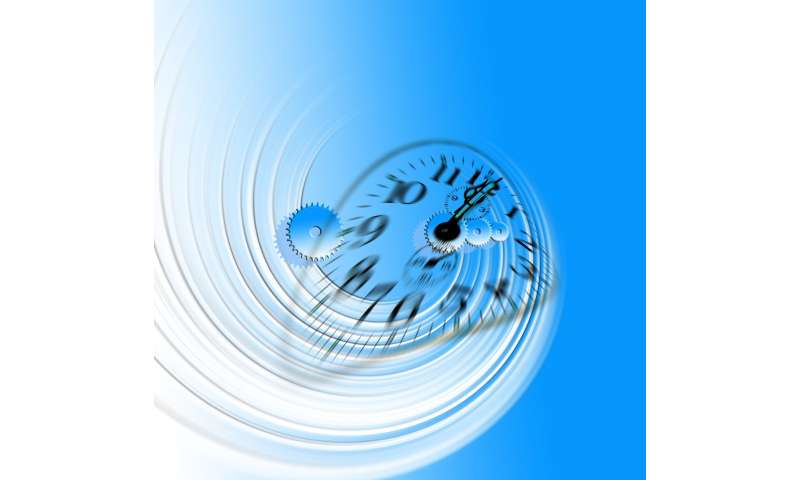A new way to optimize sleep and light exposure can reduce jet lag and improve alertness

Whether you’re traveling for work or for fun, nothing ruins the start of a trip quite like jet lag. Engineers affiliated with the Lighting Enabled Systems & Applications (LESA) Center at Rensselaer Polytechnic Institute have developed a way to deliver personalized advice using smart wearable technology that would help travelers adjust more quickly.
In a series of articles, including one published today in PLOS ONE, the researchers explain how they have developed and demonstrated a series of algorithms that can analyze biometric information recorded by a smart device and then recommend the best combination of sleep and light to help a person readjust their circadian rhythm.
“Using these algorithms and a mathematical model of a person’s circadian rhythm, we have the ability to compute the best light to adjust your circadian rhythm and foster your well-being. This opens the opportunity to create a smart and healthy environment,” said Agung Julius, an associate professor of electrical, computer, and systems engineering at Rensselaer and one of the authors on this paper.
The same, he said, goes for determining the sleep—both how much and when it should be received—a person needs.
Circadian rhythms are master internal clocks that help regulate many of our physiological processes, including sleep, metabolism, hormone secretion, and even how our brain functions. Energy, alertness, and other biological processes can suffer when that rhythm doesn’t align with the clock one is actually trying to follow.
The Department of Defense is funding this research because of the benefits the researchers’ findings could bring to the alertness of service members.
“The circadian and sleep processes are also very tightly related to your mental state and how alert you are,” Julius said. “If you try to do something in the wrong time of day, your alertness is not going to be as effective as if you do it in the right time of day as defined by your circadian clock.”
Julius explained that a person’s circadian rhythm variation is typically determined using information gathered from a blood or saliva test that measures levels of the hormone melatonin. The problem with that traditional approach is that obtaining the results takes time and doesn’t allow for instant analysis.
The LESA team, which includes John Wen, head of the Department of Electrical, Computer, and Systems Engineering at Rensselaer and co-author on this paper, has been working on algorithms that process data—like heart rate and body temperature—that can be collected from wearable smart technology and converted into an estimate of a person’s circadian rhythm variation.
“The question is whether that kind of data can give you as accurate an estimation as the clinical standard,” Julius said.
What the team has found and demonstrated is that the estimates their algorithms generated are in line with clinical hormone measurement techniques. Julius said these findings are indicative that the team’s approach works.
Source: Read Full Article



